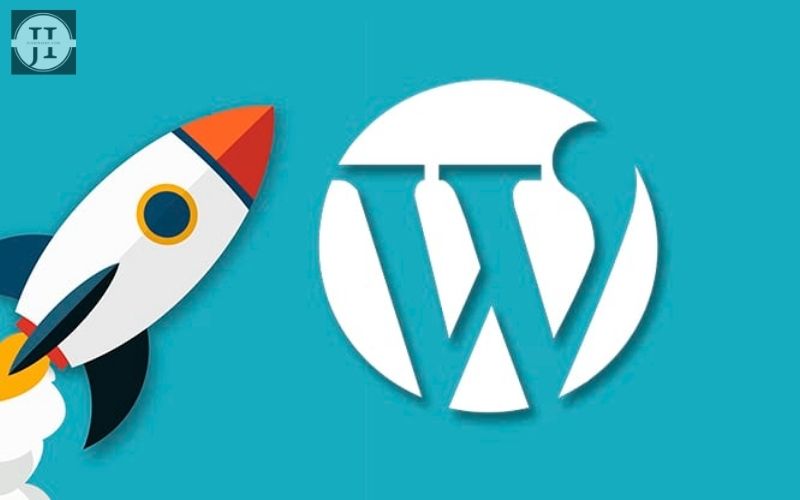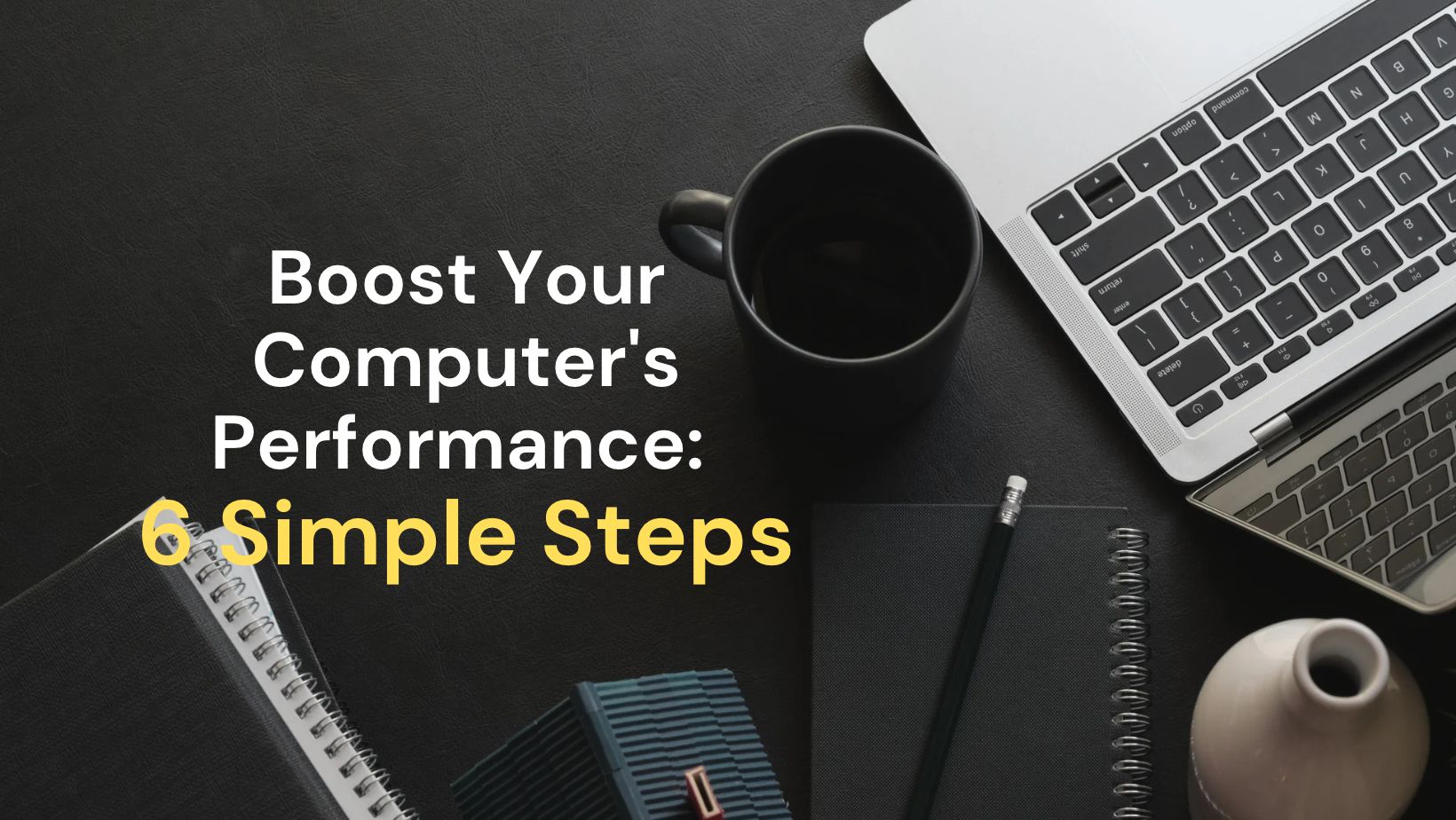In the world of online presence, having a fast and efficient website is crucial for success. Users expect instant gratification and any delay in loading time can result in frustration and abandonment. This is why website speed holds immense importance when it comes to attracting and retaining visitors. In this blog post, we will explore the key factors that can impact the speed of your website and learn effective strategies to optimize it. From identifying the factors affecting website speed to leveraging browser caching and utilizing caching plugins, we will provide you with valuable insights and actionable tips to enhance your website’s performance and ensure a seamless user experience.
Why Website Speed Is Important
Website speed plays a crucial role in the success and performance of any website. In today’s fast-paced digital world, users have become more impatient and expect websites to load within a blink of an eye. If a website takes too long to load, users are likely to get frustrated and abandon the site, leading to high bounce rates and decreased engagement.
Firstly, a slow website speed negatively affects user experience. People don’t like waiting, especially when browsing the internet. If a website takes more than a couple of seconds to load, users are more likely to abandon it and look for alternatives. Slow loading times can result in a poor user experience, leading to a decline in traffic, conversions, and revenue.
Secondly, website speed is also an important factor in search engine optimization (SEO). Major search engines like Google consider website speed as one of the ranking factors. A slower website will be penalized in search rankings, making it harder for users to find your website. On the other hand, a fast-loading website provides a better user experience and signals to search engines that your website is valuable, improving your chances of ranking higher in search results.
| Factors Affecting Website Speed |
|---|
| 1. Hosting Quality |
| 2. Website Design and Content |
| 3. File Sizes and Compression |
| 4. JavaScript and CSS Optimization |
| 5. Image Optimization |
Identifying Factors Affecting Website Speed
Website speed is a crucial aspect of user experience and overall website performance. It directly impacts user engagement, conversion rates, and search engine rankings. In order to optimize the speed of your website, it is essential to identify the factors that affect its loading time. Identifying these factors will help you pinpoint the areas that need improvement and take appropriate actions.
One of the main factors that affect website speed is large image sizes. Images play a significant role in enhancing the visual appeal of a website, but if they are not optimized properly, they can significantly slow down the loading time. Optimizing images by reducing their file sizes without compromising quality can greatly improve website speed. There are various tools and plugins available that can automatically compress and optimize images for faster loading.
Another factor that can impact website speed is the number of plugins and scripts used. While plugins and scripts can add functionality and enhance the user experience, having too many of them can increase the website’s load time. It is essential to regularly review and remove any unnecessary plugins and scripts that are not contributing to the overall performance of the website. Additionally, choosing lightweight plugins or combining scripts can help optimize website speed.
Optimizing Images For Faster Loading
Images play a crucial role in enhancing the visual appeal of a website. However, they can also significantly impact the loading speed of a webpage if not optimized properly. Slow loading websites can lead to a negative user experience and result in high bounce rates. Therefore, optimizing images for faster loading is an essential step in improving website performance. In this blog post, we will explore various techniques and best practices for optimizing images to ensure faster loading times.
One of the key factors to consider when optimizing images is file size. Large image files can take a substantial amount of time to load, especially on slower internet connections. To reduce file size, it is essential to compress images without compromising their quality. There are several tools available, both online and offline, that can help in compressing images efficiently. Adobe Photoshop, for instance, provides options to save images for the web, allowing users to strike a balance between quality and file size.
In addition to compressing images, another effective technique for faster loading is to choose the right file format. Different image formats, such as JPEG, PNG, and GIF, have their own unique characteristics that make them suitable for specific types of images. JPEG is ideal for photographs or complex images with a wide range of colors, while PNG is better suited for images with fewer colors or transparent backgrounds. Using the appropriate file format can significantly reduce file size and improve page loading speed.
Furthermore, it is crucial to optimize image dimensions for faster loading. Often, website owners upload images with dimensions larger than what is actually required on the webpage. This results in unnecessary overhead as the browser needs to download and resize the images to fit the designated size. By resizing images to match the required dimensions, the file size is reduced, leading to faster loading times. It is recommended to resize images before uploading them to the website to avoid any performance issues.
Another aspect of image optimization is proper implementation of responsive design techniques. With the prevalence of mobile devices, it is crucial to ensure that images are optimized for different screen sizes and resolutions. Using CSS media queries and responsive image techniques, such as the srcset attribute and the picture element, allows the browser to select the most appropriate image based on the user’s device and viewport. This not only enhances the user experience but also improves website speed on mobile devices.
| Optimization Technique | Description |
|---|---|
| Lazy Loading | Lazy loading is a technique that defers the loading of images until they are actually needed. By implementing lazy loading, images outside the viewport are loaded only when the user scrolls to them, reducing the initial page load time. |
| Content Delivery Network (CDN) | Using a CDN can greatly improve image loading speed by serving images from servers located closer to the user. CDNs distribute image files across multiple servers worldwide, reducing the distance the data has to travel and consequently improving the loading time. |
| Image Sprites | Image sprites involve combining multiple small images into a single image file and using CSS to display specific portions of the image as needed. This technique reduces the number of HTTP requests required to load multiple images, resulting in faster loading speeds. |
In conclusion, optimizing images for faster loading is an integral part of website speed optimization. Compressing images, choosing the right file format, and optimizing image dimensions are crucial steps in reducing file size and improving loading times. Additionally, implementing responsive design techniques, lazy loading, utilizing CDNs, and using image sprites further enhance website performance. By employing these techniques, website owners can ensure a seamless user experience and retain visitors by minimizing page loading time.
Leveraging Browser Caching To Improve Speed
When it comes to website speed optimization, one of the key factors that can significantly affect the loading time of your website is browser caching. Leveraging browser caching is a technique that allows you to store static files, such as images, CSS, and JavaScript files, in the visitor’s browser cache. This means that the next time the visitor requests your website, the browser doesn’t need to download these static files again, which results in faster page load times.
There are several ways to enable browser caching on your website. One common approach is to modify the server settings by adding caching rules to the .htaccess file. This file is located in the root directory of your website and it controls various aspects of how your web server behaves. By adding specific directives to the .htaccess file, you can set the expiration time for different types of files, indicating how long the browser should cache them.
Another effective way to leverage browser caching is by utilizing caching plugins. If your website is built on a content management system like WordPress, there are many caching plugins available that can simplify the caching process for you. These plugins offer user-friendly interfaces where you can configure caching rules and settings without the need to modify any server files. Some popular caching plugins for WordPress include W3 Total Cache, WP Super Cache, and WP Rocket.
Advantages of Browser Caching:
- Improved website speed: By caching static files, your website can load much faster for returning visitors, leading to a better user experience.
- Reduced server load: When static files are cached in the browser, it reduces the amount of server requests and resources needed, ultimately alleviating the server load.
- Better search engine rankings: Website speed is a crucial factor in search engine rankings. By leveraging browser caching, you can improve your website’s loading speed and potentially boost your search engine rankings.
| File Type | Recommended Expiration Time |
|---|---|
| HTML | 1 hour |
| CSS | 7 days |
| JavaScript | 30 days |
| Images | 1 month |
Using Caching Plugins For Better Performance
In today’s fast-paced digital world, website speed is of utmost importance. Slow loading websites can lead to increased bounce rates, decreased user satisfaction, and ultimately, loss of potential customers. To ensure optimal website performance, developers and website owners are constantly exploring ways to improve speed and reduce loading times. One effective approach to achieve this is by harnessing the power of caching plugins.
Caching plugins offer a convenient way to implement caching techniques without requiring in-depth technical knowledge. Popular content management systems like WordPress provide a wide range of caching plugins that can be easily installed and configured. Some popular examples include WP Rocket, W3 Total Cache, and WP Super Cache. These plugins offer features like page caching, browser caching, minification of CSS and JavaScript files, and more. By leveraging caching plugins, website owners can significantly improve their website’s speed and performance, resulting in enhanced user experiences and better search engine rankings.












